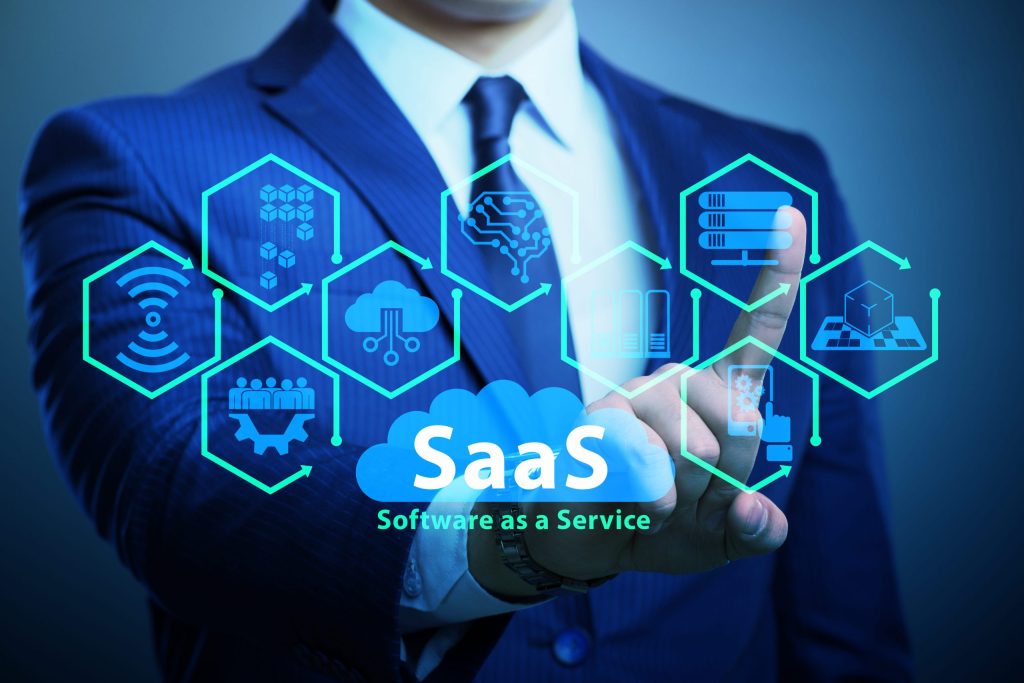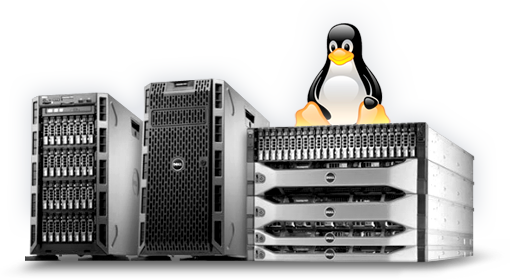
SaaS, or Software-as-a-Service, is a software delivery model where software applications are hosted by a third-party provider and made available to customers over the internet.
In a SaaS solution, customers do not need to purchase or install software on their own computers or servers, but can instead access the software through a web browser or other client application. SaaS solutions are typically licensed on a subscription basis, with customers paying a monthly or annual fee for access to the software.
Some common examples of SaaS solutions include:
- Customer relationship management (CRM) software, such as Salesforce or HubSpot
- Email marketing software, such as Mailchimp or Constant Contact
- Human resources management (HRM) software, such as Workday or BambooHR
- Enterprise resource planning (ERP) software, such as NetSuite or SAP Business ByDesign
- Project management software, such as Asana or Trello
- Video conferencing software, such as Zoom or Microsoft Teams
SaaS solutions are often attractive to businesses and organizations because they can provide a number of benefits, including:
- Reduced costs: With SaaS solutions, customers do not need to purchase and maintain their own hardware or software, which can help reduce upfront costs and ongoing maintenance expenses.
- Increased flexibility: SaaS solutions can be accessed from anywhere with an internet connection, which can provide greater flexibility and mobility for employees.
- Scalability: SaaS solutions can be easily scaled up or down depending on the needs of the business, which can help organizations save money by only paying for the resources they need.
- Automatic updates: SaaS providers typically handle software updates and maintenance, which can help ensure that customers always have access to the latest features and security patches.
Overall, SaaS solutions can be a convenient and cost-effective way for businesses and organizations to access and use software applications. However, it’s important for customers to carefully evaluate the features and limitations of each solution to ensure that it meets their specific needs and requirements.
How expensive are SaaS solutions?
The cost of SaaS solutions can vary widely depending on a number of factors, including the type of software, the number of users, and the specific features and functionality included in the solution. Some SaaS solutions are available for free, while others can cost thousands of dollars per year or more.
Many SaaS solutions are priced on a subscription basis, with customers paying a monthly or annual fee for access to the software. Some SaaS providers may offer multiple subscription tiers with different features and pricing levels, allowing customers to choose the level of functionality that best meets their needs and budget.
The cost of SaaS solutions can also be influenced by other factors such as the level of customer support offered, the amount of storage or bandwidth provided, and any additional services or add-ons offered by the provider.
It’s important for businesses and organizations to carefully evaluate the total cost of ownership of a SaaS solution, taking into account not only the subscription fee but also any other costs associated with implementation, customization, training, and ongoing maintenance and support.
Overall, while SaaS solutions can be a cost-effective way for businesses and organizations to access and use software applications, it’s important to carefully evaluate the features and costs of each solution to ensure that it meets their specific needs and budget.
Is it possible to migrate one SaaS platform to another SaaS platform in the same type of application?
Yes, it is possible to migrate from one SaaS platform to another SaaS platform within the same type of application. However, the process of migrating from one SaaS platform to another can be complex and time-consuming, and may require careful planning and execution to ensure a smooth transition.
The specific process for migrating from one SaaS platform to another will depend on the specific applications and services involved. In general, the migration process may involve the following steps:
- Evaluate the new platform: Before migrating to a new SaaS platform, it’s important to evaluate the new platform to ensure that it meets the needs and requirements of the organization. This may involve reviewing the features and functionality of the new platform, as well as considering factors such as cost, performance, and security.
- Plan the migration: Once a new platform has been selected, the next step is to plan the migration process. This may involve identifying the data and applications that need to be migrated, as well as developing a timeline and a migration strategy.
- Configure the new platform: Before migrating data and applications, the new platform will need to be configured to meet the needs of the organization. This may involve setting up users, roles, and permissions, as well as configuring integrations and other settings.
- Migrate data and applications: Once the new platform has been configured, the next step is to migrate data and applications from the old platform to the new platform. This may involve exporting data from the old platform and importing it into the new platform, as well as configuring any integrations or data connections.
- Test and verify: After the migration is complete, it’s important to test and verify the new platform to ensure that it is working as expected. This may involve running tests, reviewing logs, and checking for errors or issues.
Overall, while it is possible to migrate from one SaaS platform to another, the process can be complex and time-consuming, and may require the help of experienced IT professionals or consultants to ensure a smooth and successful transition.
.
BROUGHT TO YOU BY PROLIMEHOST
We’ve been in the web hosting industry for over a decade, helping hundreds of clients succeed in what they do best and that’s running their business. We specialize in Virtual Private Servers (VPS) and dedicated servers, with data centers in Los Angeles, Denver & Singapore.
VPS SERVICES: LIGHTNING FAST SSD VIRTUAL SERVERS
Our Virtual Private Servers all feature high performance Xeon processors and SSD storage in a RAID10 configuration to optimize your server’s performance, which dramatically enhances visitor experiences on your site.
That speed is backed by unparalleled 24/7 support, featuring both outstanding response AND resolution times to maximize your uptime.
Now is the time to join the ProlimeHost virtual private server revolution.
DEDICATED SERVERS: BACKED BY A 99.9% SLA NETWORK UPTIME GUARANTEE
We only use enterprise-class hardware in our dedicated servers and offer a four (4) hour hardware replacement. Throw in IPMI for remote management, support for public and private networks, free operating system (OS) re-installs, and SATA, SAS & SSD (including NVMe) storage. Call 1-877-477-9454 or contact us. For everything from gaming servers to cheap dedicated servers, we’re here to help.
ASIA OPTIMIZED NETWORK: IMPROVING CONNECTION SPEED AND QUALITY
Procuring an Asia optimized server improves the connection speed and quality between the server and the users in Asia or China. This can reduce latency, packet loss, jitter, and bandwidth issues that can affect the performance and reliability of the server and the applications hosted on it. For more information, please call 1-877-477-9454 or contact us





